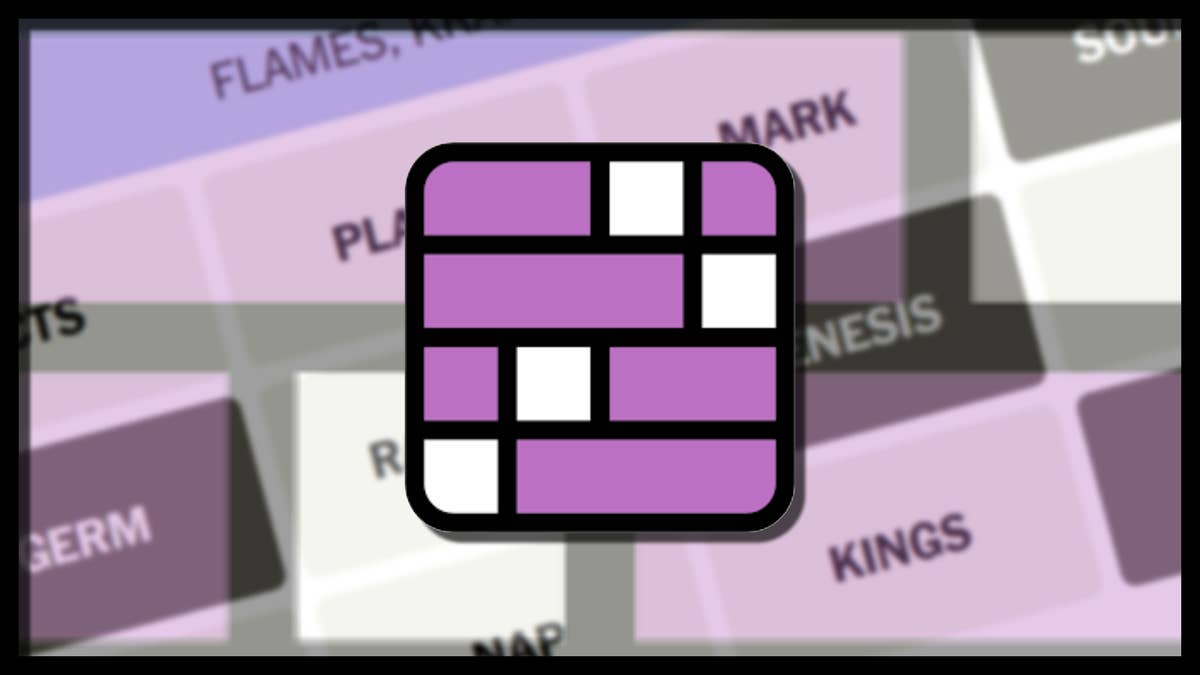Overview
Players must find groups of four words that have a similar relationship in the New York Times (NYT) Connections puzzle, a daily word game. Puzzle fans love this game because it requires wit, vocabulary, and creative thinking. In order to assist you solve today’s puzzle and future ones, this essay delves into important ideas, tips, and techniques.
The NYT Connections Puzzle: What is it?
The NYT Connections puzzle displays a 16-word grid. Sorting these words into four groups, each with four terms that have a clear connection, is your task. Finding patterns and associations—which can be anything from simple to quite complex—is the difficult part.
Answers to the Puzzle for Today (December 23, 2024)
Here are some pointers specific to today’s puzzle to get you started:
1. Yellow Group: Pay attention to terms with similar sounds but distinct meanings. They are homophones.
2. Green Group: Search for terms pertaining to apparel neckline cuts or styles.
3. Blue Group: Look for phrases or acronyms related to the number 1,000.
4. Purple Group: Determine which words can be used with the prefix “Super” to create typical expressions.
These suggestions are meant to help you think through the problem without providing the entire answer.
Techniques for Resolving Connections Conundrums
1. Begin broadly, then focus on specifics
Start by looking for clear connections on the grid. Colors, animals, and occupations are examples of categories that frequently stand out. Once a group has been identified, put those words aside and concentrate on the other possibilities.
2. Search for wordplay or homophones
Words with two meanings, puns, or homophones are common in connections puzzles. Consider how words may have similar sounds or serve different purposes in various situations.
3. Examine thematic connections
Focus on topics such as popular culture, historical occurrences, or colloquial language. Words may be associated with a particular sport, film series, or holiday, for instance.
4. Make Use of Contextual Hints
Prefixes, suffixes, and conceptual relationships can be shared by words. For example, “Sun,” “Moon,” and “Star” could all be grouped together under the heading of heavenly objects.
5. Don’t be afraid of errors
Making a guess can yield insightful information. Use the data to reconsider possible connections if a grouping is inaccurate.
Typical Connection Types to Keep an Eye on
Although each puzzle is different, some categories recur frequently:
• Synonyms and Antonyms: Words that have opposite or similar meanings are called synonyms and antonyms.
• Homophones: Words that sound same but have distinct meanings, such as “bark” from a dog and “bark” from a tree.
• Pop Culture References: References to pop culture include names, films, or companies that are related.
• Numerical Terms: Words that have a numerical value, such as “grand” for 1,000.
• Idiomatic Phrases: Words that combine to form frequent idioms, like “superman” or “superpower,” are known as idiomatic phrases.
The Advantages of NYT Connections
Solving Connections puzzles provides more than just amusement:
• Enhances Critical Thinking: Promotes pattern detection and logical reasoning.
• Broadens Vocabulary: teaches players new terms and definitions.
• Enhances Focus: Demands focus and increases mental dexterity.
• Promotes Creativity: Pushes players to think creatively.
NYT Connections Resources
Take a look at these resources for more practice and assistance:
• Official NYT Games Website: Use the archives and daily puzzles to hone your abilities.
• Puzzle Blogs: WordTips, Forbes, and other websites provide daily solutions and tips.
• Online forums: Participate in Reddit or Discord communities to exchange ideas and talk about tactics.
• Mobile Apps: To improve your skills, puzzle-solving apps frequently include word association games.
Expert Advice for Complex Solvers
• Time Yourself: Set a daily goal for yourself to finish the problem more quickly.
• Track Patterns: To foresee next puzzles, take note of recurrent themes or kinds of linkages.
• Remain Up to speed: Since puzzles frequently involve current affairs, staying up to speed on the news can give you an advantage.
In conclusion
The NYT Connections problem combines language, logic, and creative thinking in a wonderful way. You’re prepared to take on today’s challenge and advance your abilities over time with the help of the tips and techniques mentioned above. To perfect the game, keep in mind that patience and practice are essential. Explore today’s puzzle, find the connections, and experience the thrill that comes from overcoming a difficult obstacle!
